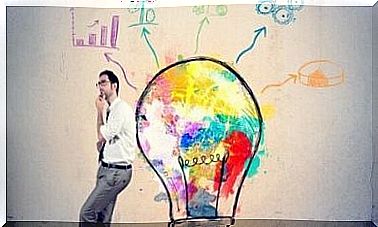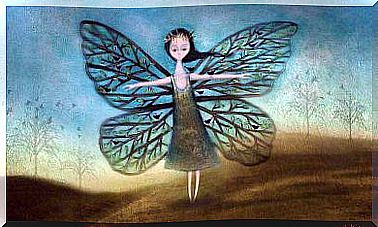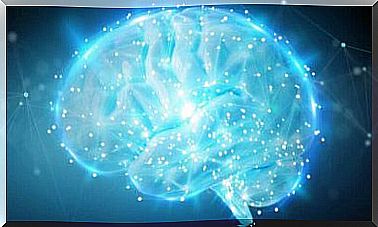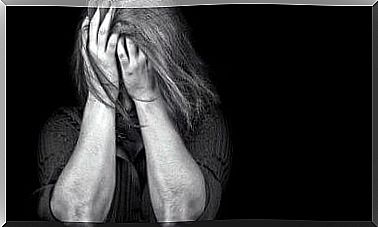Generalized Anxiety Disorder In Children: What Is It?
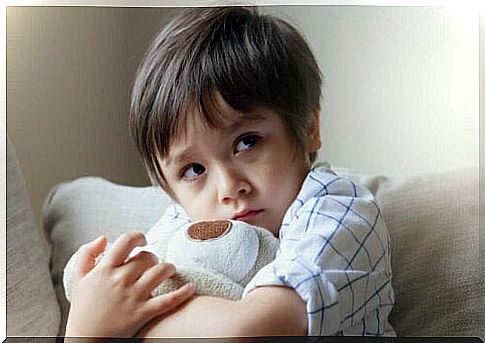
Generalized anxiety disorder is one of the most prevalent clinical conditions in the infant population. Even if the appearance of fears and concerns in the youngest is something usual, some reach very disabling extreme situations. This complex reality ends up directly affecting their quality of life.
It is striking how much, around 4 or 5 years old, part of the pediatric population already displays this disorder. Parents usually don’t give too much importance to their children’s fears and worries at first. They believe that this general apprehension corresponds to their evolution, and that over time these insecurities will subside.
However, anxiety that goes untreated during childhood accompanies us in adolescence and in our adult life. And, sooner or later, depressive disorders appear.
Furthermore, we must not overlook the fact that this disorder affects the social life of children, their academic performance and the formation of their personality. Let’s analyze this.
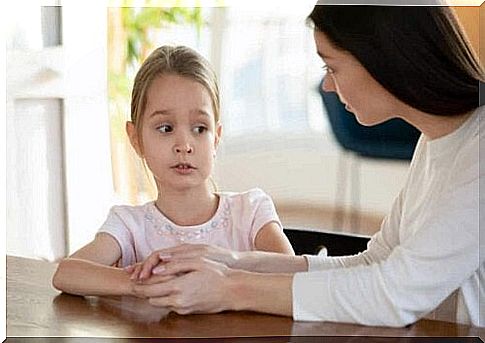
The incidence of generalized anxiety disorder in children
We know that between 15 and 20% of the infant and juvenile population (3-18 years) suffer from anxiety, the figures being higher as one progresses towards adolescence. When we speak specifically of generalized anxiety disorder, we know that its prevalence is in the order of 3%.
Research like that done at Tulane University in New Orleans indicates that very young children have this disorder at a very early age. At 5 years old, children can already display certain anxious behaviors, but it is when they arrive in elementary school that they are diagnosed with generalized anxiety.
It is important to establish the correct diagnosis. In many cases, we can find ourselves dealing with little ones who have separation anxiety or phobias. These are clinical realities that can disappear over time, while generalized anxiety tends to become chronic.
What are its symptoms?
Anxiety disorder in children has a different symptomatology than in adults. This forces us to pay attention to very specific manifestations, which can sometimes be confused with other realities.
So, a first aspect to take into account is that the little ones tend to somatize – turn mental problems into organic symptoms. Let’s see how this clinical condition tends to manifest:
- High concern for trivial things.
- Ongoing questions about negative events that may occur in the future.
- Persistent insecurities and fears about things that could happen to them – or their parents.
- Refusal to carry out common activities (playing outside, going to school, to the swimming pool, going on an excursion, going to sleep at someone’s house, etc.) out of anxiety, insecurity and fear of what might happen to them.
- Concentration problems.
- Digestive disorders (stomach aches, nausea, etc.).
- Bowel changes such as diarrhea.
- Alterations in nocturnal rest.
- Headache and dizziness.
- Persistent need to go to the bathroom to pee.
- Sensation of having a knot in the throat and not being able to swallow.
- Extreme fatigue.
- In general, these are children who seek proximity and protection from adults.
- They get angry very quickly and have little patience.
How is generalized anxiety disorder diagnosed?
To assess the presence of generalized anxiety disorder in children, we have the Diagnostic and Statistical Manual of Mental Disorders (DSM-V). Nevertheless, the health professional will have to assess a series of aspects concerning the child’s life. Here they are :
- Onset and development of symptoms.
- Assessment of anxiety (is it generalized or does it arise as a result of specific stimuli?).
- Impact of symptoms in daily life.
- Discover possible psychobiosocial stressors (is something happening in the child’s life for these reactions to appear?).
- Possible comorbidity of other clinical realities (depression, ADHD, phobias…).
- Evolutionary history of the little one.
- Family history.
- School reports.
- Medical reports.
- Interview with the child, observation of his behavior, diagnostic examinations …
What is the cause of generalized anxiety disorder in children?
It is currently unknown what specific cause determines the onset of generalized anxiety disorder in children. Multiple causality is envisaged, where genetic factors combine with environmental factors.
Genetic factors
Studies such as those carried out in the Clinical Psychology Unit at Leiden University in the Netherlands tell us an important point. Generalized anxiety disorder in children is believed to be hereditary.
However, even if genetics can determine the development of this disorder by about 30% if parents have it, there is another fact to be taken into account: quite often, at home, a very concrete behavior pattern tends to be to shape itself.
We refer to the fact that children tend to internalize the behaviors and reactions of their parents. Excessive concern, overreacting to things, as well as fears can be passed between family members.
Early traumas
One of the most common causes of generalized anxiety disorder is psychological trauma. Abuse or parental abandonment leaves a deep emotional wound that often turns into anxiety problems.
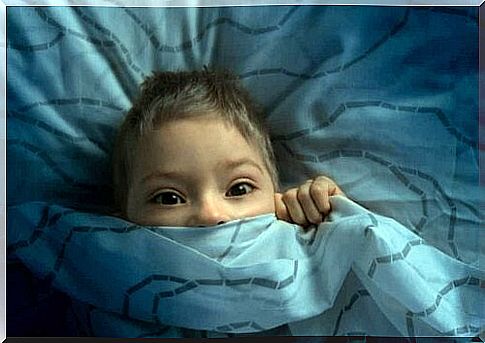
Therapy and treatment
Once a child has been diagnosed with generalized anxiety disorder, the way to deal with and treat it should be multidisciplinary. Several approaches must be used to make progress in improving the quality of the child’s life. It is therefore recommended that the following variants be taken into account.
Psychological therapy
Cognitive behavioral therapy for the treatment of childhood anxiety is still the most effective. Each psychological approach will always start from the age of the child or adolescent, but in these cases psychotherapy will help them to effect changes, such as the following:
- Develop a positive internal dialogue.
- Manage your fears and develop healthier thoughts.
- Understand and manage your emotions.
- Develop relaxation techniques.
- Improve your ability to cope with discomfort and concern.
- Develop better social skills and good self-esteem.
In addition, it is important that parents are part of the therapy to help the child at all times and better understand his reality.
Pharmacological approach
Currently, childhood anxiety may also require, in some cases, pharmacological treatment. In these cases, selective serotonin reuptake inhibitors (SSRIs) are usually the most used and effective. They also cause fewer side effects.
Be more sensitive to the needs of children
Anxiety disorders are increasingly prevalent in the infant population. In addition to generalized anxiety, we can find panic disorders, phobias, separation anxiety, etc.
While it is true that there are some biological factors that can explain the onset of these clinical conditions, the most obvious cause is psychosocial factors. Environmental events, changes and certain family dynamics very often determine these situations.
Early detection, the support of the right professionals and proximity to parents at all times will undoubtedly guarantee therapeutic progress. As fathers, mothers and educators, we must be more sensitive to the needs of the youngest.

